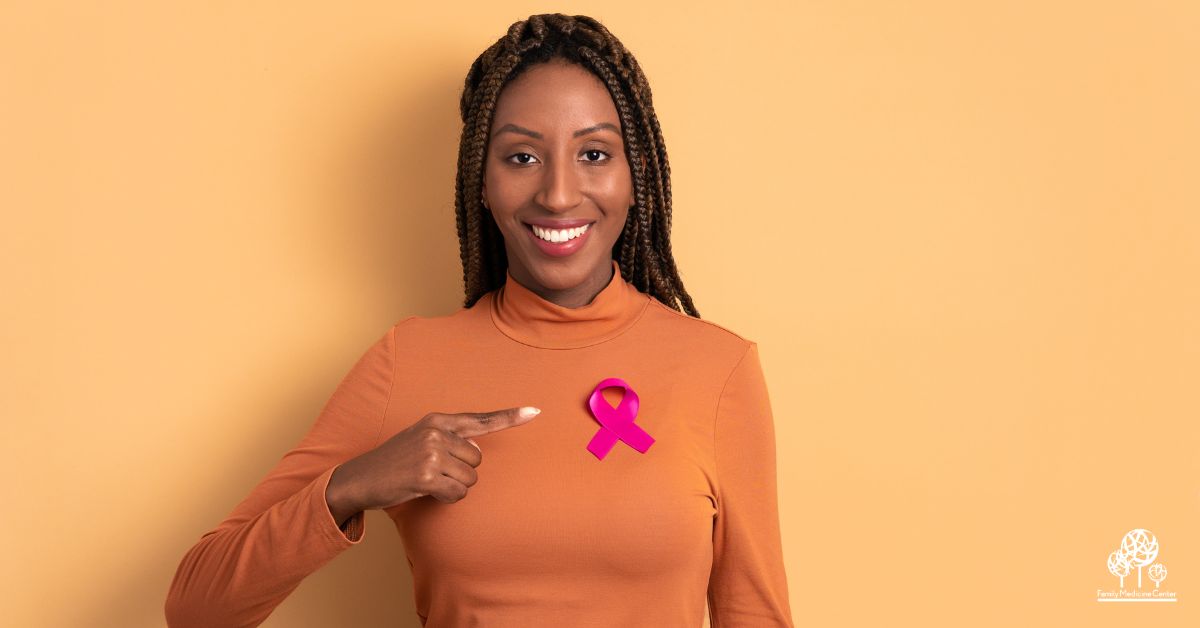From genetics to lifestyle, many factors influence your risk of breast cancer. Learn which ones you can change and which ones mean you should screen earlier.
Breast cancer doesn’t have a single cause. It develops from a combination of factors, some you can control, and others you can’t. Understanding your personal risk can help you make smarter choices about your health and screening schedule.
Whether you’re in your 30s, 50s, or beyond, it’s never too early — or too late — to be proactive. Here’s what really influences your risk of breast cancer, and how to turn knowledge into action.
🧬 Family History and Genetics
Having a close relative — like a mother, sister, or daughter — with breast cancer can double your risk. In some cases, inherited gene mutations like BRCA1 or BRCA2 are involved.
👀 What to watch for: Breast or ovarian cancer in your immediate family, especially diagnosed before age 50.
💡 Pro tip: If you have a strong family history, talk to a provider about genetic counseling or earlier screenings.
📅 Age and Hormonal Milestones
The risk of breast cancer increases with age. Starting periods early, entering menopause late, or using hormone replacement therapy (HRT) may also elevate your lifetime risk.
💬 Sound familiar? You began menstruating before age 12 or used HRT for several years during menopause.
🤓 Interesting note: The longer your body is exposed to estrogen over a lifetime, the higher your risk may be.
🍷 Lifestyle Choices: Alcohol, Weight, and Activity
Excessive alcohol, being overweight after menopause, and a sedentary lifestyle all increase breast cancer risk. But the good news is these are modifiable factors.
👀 What to watch for: Frequent alcohol intake, weight gain after age 50, or low levels of physical activity.
💡 Pro tip: Regular movement, a plant-rich diet, and limiting alcohol can significantly reduce your risk.
🧼 Reproductive History and Breastfeeding
Having children later in life — or not at all — may slightly increase risk. On the flip side, breastfeeding can be protective for both mom and baby.
💡 Pro tip: If you’re planning a family, discuss how timing and breastfeeding may play a role in your overall health strategy.
👩⚕️ Dense Breast Tissue
Dense breasts have more glandular and connective tissue than fat, making cancer harder to spot on standard mammograms and increasing risk slightly.
👀 What to watch for: Past mammogram reports mentioning “dense tissue.”
💡 Pro tip: If you have dense breasts, consider 3D mammography for clearer, more accurate imaging.
Know Your Risk. Take Control.
No one can predict the future. But knowing your risk factors puts you in the driver’s seat. While some influences (like age or genetics) can’t be changed, many others can. Even small lifestyle shifts can have a big impact over time.
Risk awareness isn’t about fear — it’s about preparation, empowerment, and catching problems early.
We support women at every stage of life with personalized screening plans, 3D mammography, lifestyle coaching, and compassionate care.
📞 Call (242) 702-9310 to schedule a breast health consultation with our OB/GYN Dr. Nina Graham.
Learn how your risk factors shape your next steps. Because information is power, and prevention starts now.

